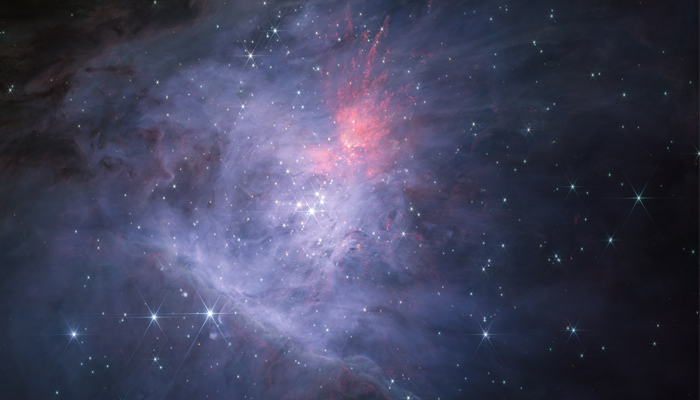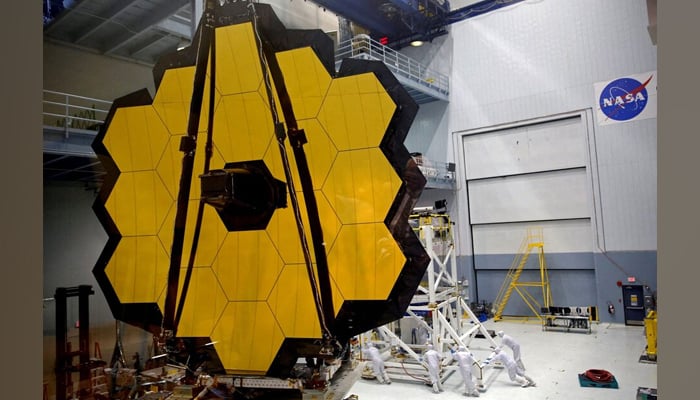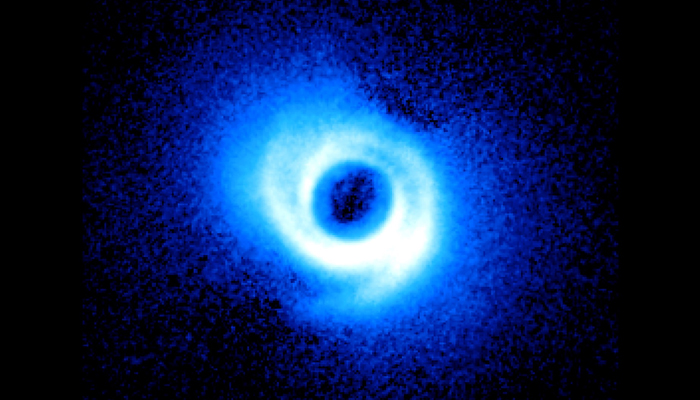Experts employ James Webb Space Telescope to find new planets
Alongside powerful space telescope, scientists also use data from Hubble Space Telescope, ALMA
April 02, 2024

As the powerful James Webb Space Telescope (JWST) brought remarkable results from deep space, astronomers are now looking for the planets that are in the offing around the newly-born stars.
As an infant star stops accumulating interstellar molecular clouds, the remaining material forms a circle creating a protoplanetary disk — a mass of gas and dust used to form new planets.
Experts from the University of Michigan, the University of Arizona, and the University of Victoria are now seeking the services of the powerful space telescope.
Astronomers observed protoplanetary disks of the stars HL Tau, SAO 206462, and MWC 758.

They have also employed the data collected from the Hubble Space Telescope and the Atacama Large Millimeter Array (ALMA), hoping to catch a glance at planet formation.
In a space.com report, University of Michigan astronomer Gabriele Cugno said in a statement: "Basically, in every disk we have observed with high enough resolution and sensitivity, we have seen large structures like gaps, rings and, in the case of SAO 206462, spirals."

"Most, if not all, of these structures can be explained by forming planets interacting with the disk material, but other explanations that do not involve the presence of giant planets exist," the scientist added.
"If we manage to finally see these planets, we can connect some of the structures with forming companions and relate formation processes to the properties of other systems at much later stages,” the astronomer said.
Eyeing to get further information, he also said: "We can finally connect the dots and understand how planets and planetary systems evolve as a whole."
According to Nasa, over 5,000 exoplanets have been discovered only in our galaxy.
The space agency also noted that there are other potential candidates that require close study.









